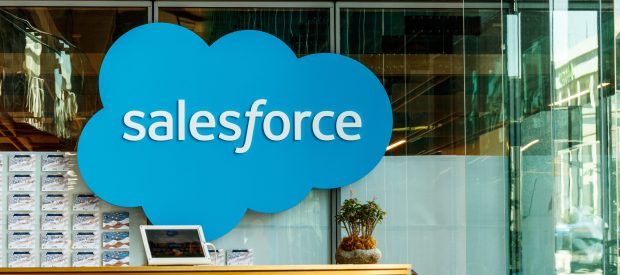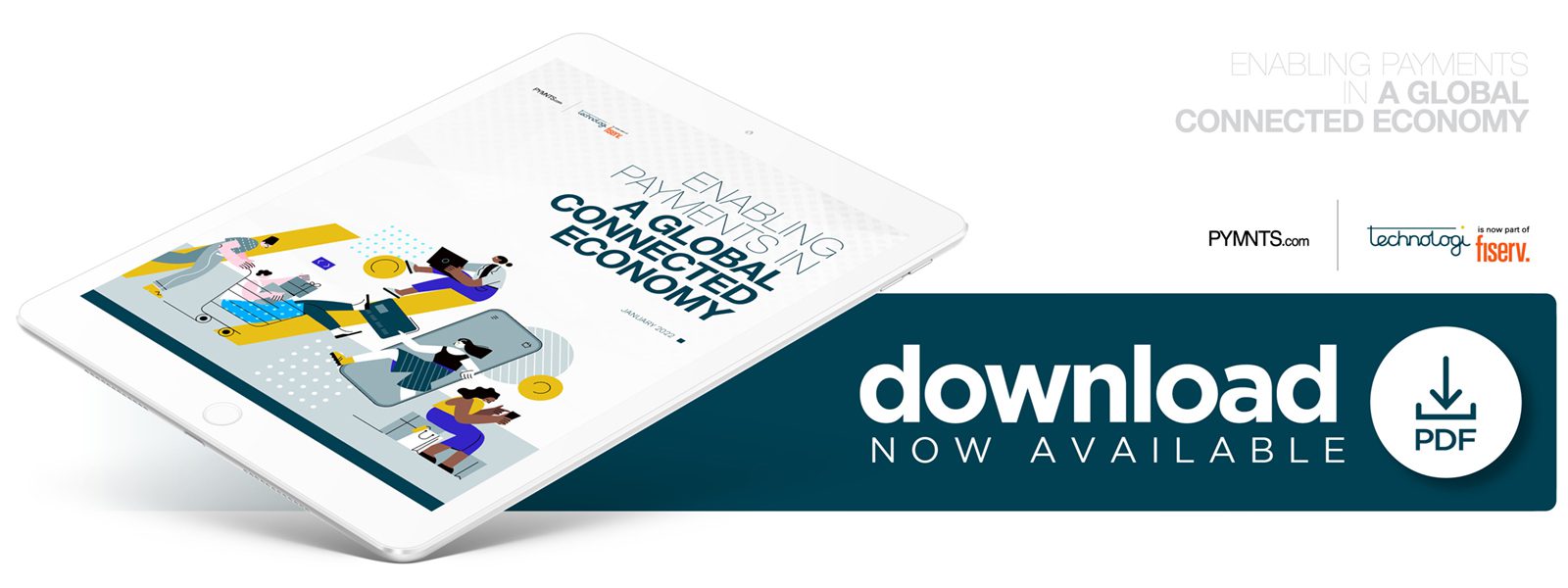Salesforce on Leveraging Data to Help Merchants Gain and Keep Consumer Trust

Customer experience preferences drive consumer loyalty, but maintaining their loyalty is rarely as simple as giving them what they “tend” to want. Consumers’ preferences change without warning, and savvy merchants must be agile enough to meet their evolving needs, according to Michael Affronti, senior vice president of product for payments at Salesforce.
“Two of the greatest challenges that merchants face in offering and managing digital payments are staying flexible and maintaining customer trust,” he said. “As a merchant, it is important to constantly evaluate which payment methods are favored by your shoppers and incorporate them into your payments strategy. Flexible innovation and agility are key to meeting customer expectations every step of the way.”
Affronti said merchants need to consider the entire payments experience, whether it occurs in-store or online, as key to customer loyalty. That means merchants and the acquirers with which they partner must prevent issues such as poor security from damaging consumer trust.
“When it comes to digital payments, gaining and maintaining the trust of consumers is imperative,” he explained. “Shoppers are often acutely aware of the possibility of scams when it comes to online transactions. Strong fraud detection and other security measures must be a top priority for the checkout process across all payment platforms. While the checkout experience is usually the final step in the path to purchase, it is a crucial one — the shopper’s overall experience, checkout conversion rates and brand loyalty can all hinge on a shopper’s ability to complete their purchase with ease.”
Affronti believes that, as consumers’ preferences for payment experiences become increasingly tied to innovation, companies must swiftly make new payment methods readily and easily available. The increase in purchases made with buy now, pay later (BNPL) solutions during the holidays served as one example.
“This holiday season, Salesforce found that purchases made via buy now, pay later options increased by 29% over 2020, accounting for 8% of purchases made online,” Affronti said. “As the consumer appetite for BNPL platforms increases, merchants would be wise to integrate these new digital payment options into their checkout experiences.”
He also noted that access to the right data is crucial to helping merchants stay in compliance, protected from fraud and agile enough to implement innovative payments strategies as needed.
“Data and analytics enable merchants to understand fraud activity patterns, make predictions about future risk and mitigate it before it ever becomes an issue,” Affronti said. “In order to fully harness the value of this data in real time, it must be kept close to the rest of your order, customer and transaction data and done so in a safe, secure and internationally compliant way. By prioritizing data unification, merchants build a single source of truth to not only better understand and connect with the customer but maintain their trust and comply with the latest regulations.”
Compliance standards constantly change, but Affronti said that good payment solutions mine data to continually improve their fraud detection and prevention in ways that allow them to stay on track with the latest standards. As acquirers endeavor to provide the right transaction management features to client merchants, their access to data and ability to use it to inform the fraud protection, user experience and transaction management solutions they create will likely bolster their success.

